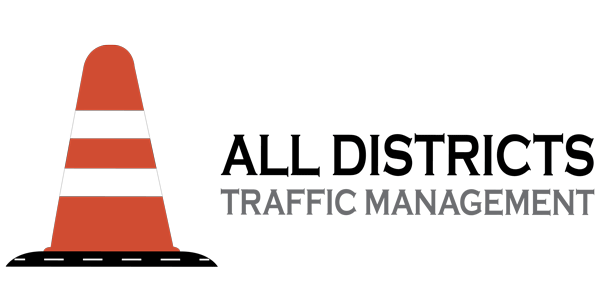Effective traffic management is crucial for ensuring safe and efficient roadways. In this article, we’ll cover five essential traffic management tips that can help reduce traffic congestion, prevent accidents, and improve traffic flow.
First, it’s important to analyze traffic patterns to determine the best route for vehicles. This can be done through traffic surveys or analysis of historical data. By understanding traffic patterns, traffic managers can adjust signal timings, implement road closures or diversions, and ensure that traffic flows smoothly.
Second, communication is key in traffic management. Clear and concise communication with drivers, pedestrians, and other stakeholders can help prevent accidents and reduce congestion. Traffic managers can use various tools such as electronic message boards or social media platforms to keep everyone informed.
Third, implementing smart traffic signals can help reduce congestion and improve traffic flow. Smart signals use real-time data to adjust signal timings and prioritize traffic flows, reducing the time that drivers spend stuck in traffic and improving overall roadway efficiency.
Fourth, proper signage and markings are essential in traffic management. Clear and visible signage can help drivers navigate unfamiliar roads, and markings such as crosswalks and bike lanes can help improve safety for pedestrians and cyclists.
Finally, ongoing evaluation and analysis are essential for effective traffic management. Traffic managers should continuously monitor traffic patterns and adjust their strategies accordingly to ensure that traffic flows smoothly and safely.
In conclusion, implementing these five essential traffic management tips can help improve safety, reduce congestion, and enhance efficiency on our roadways.

